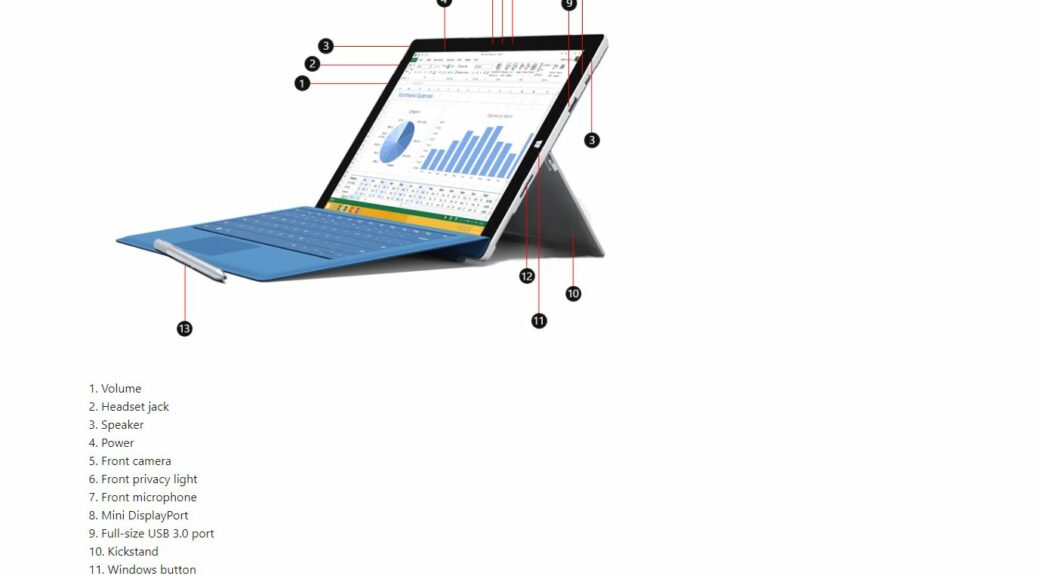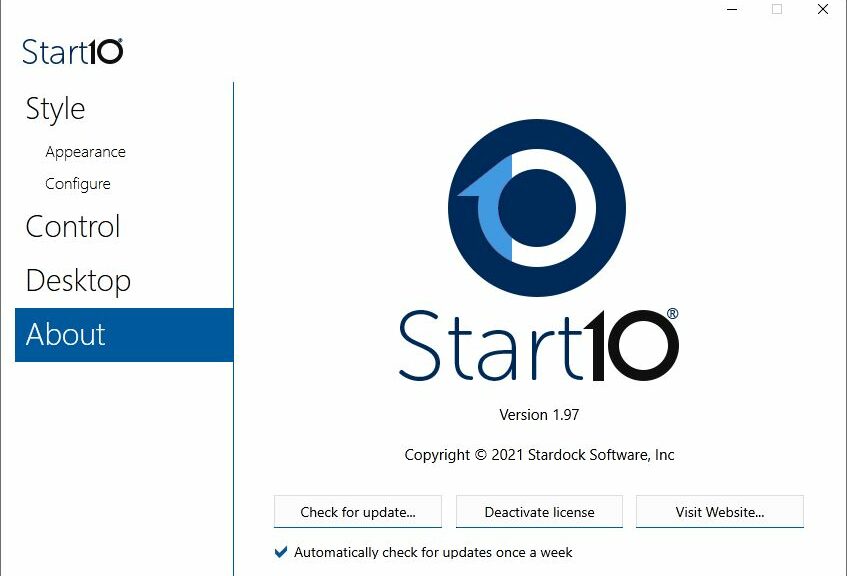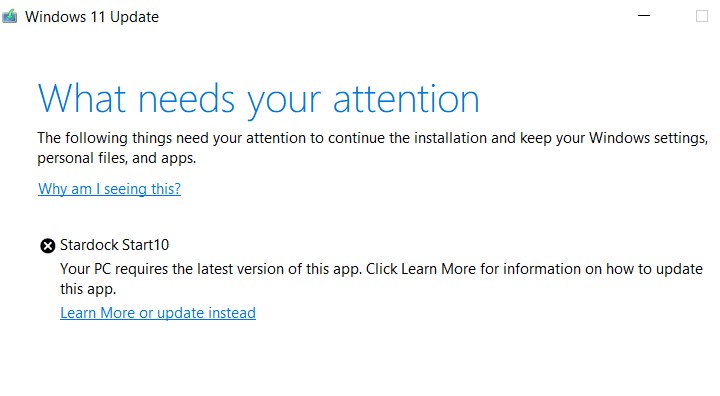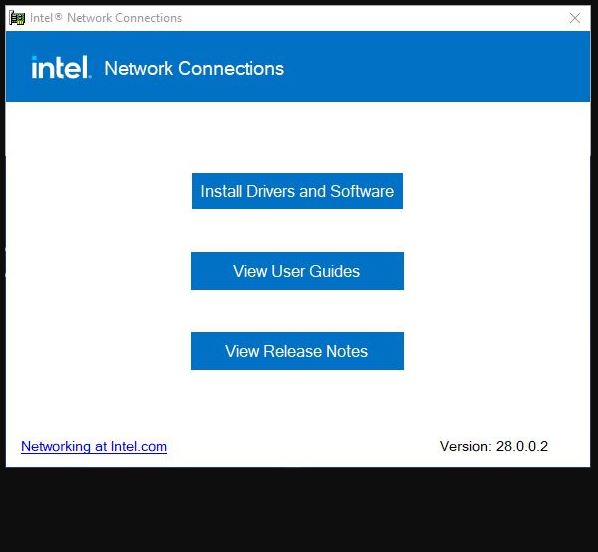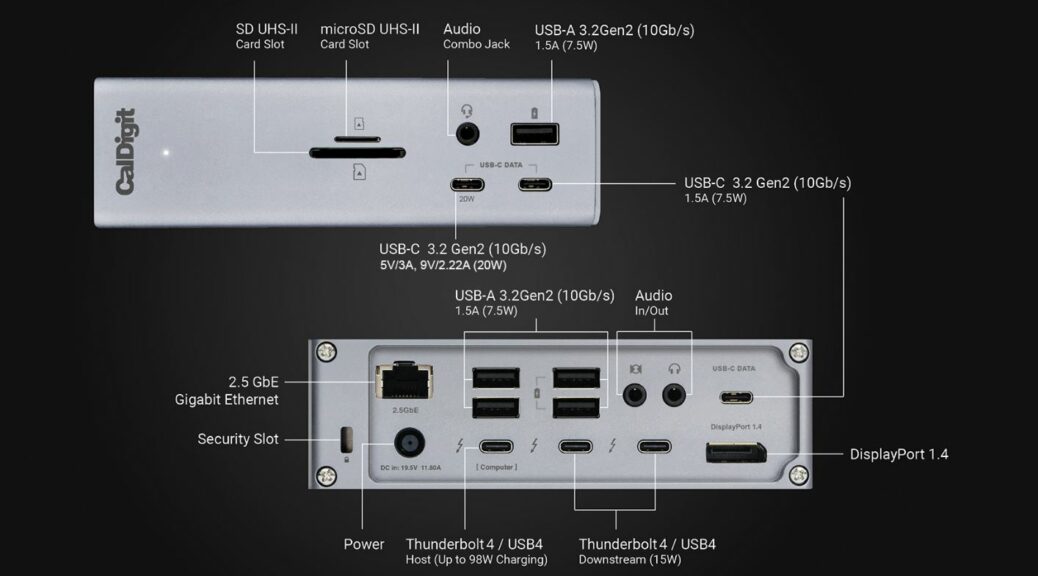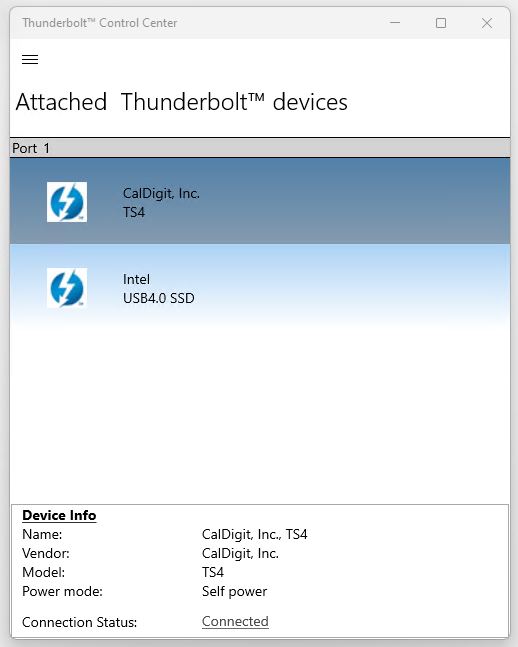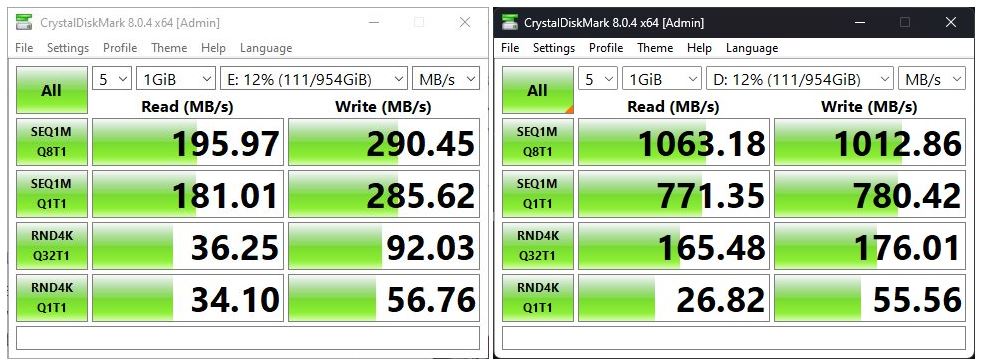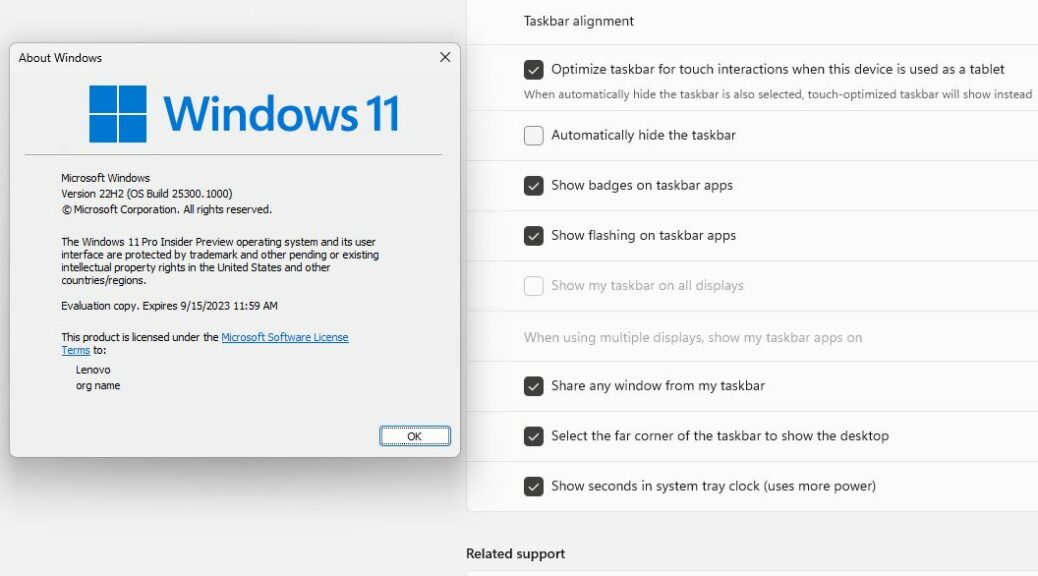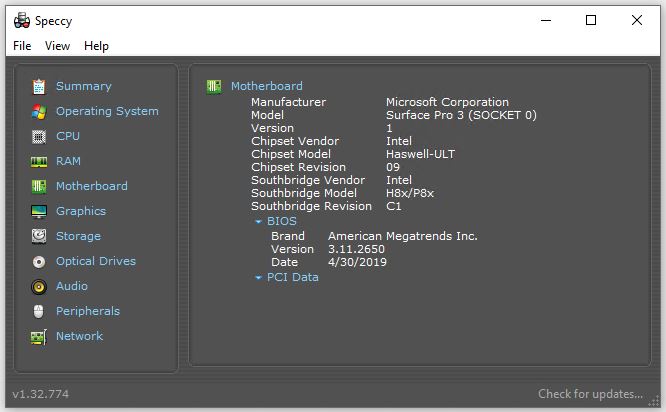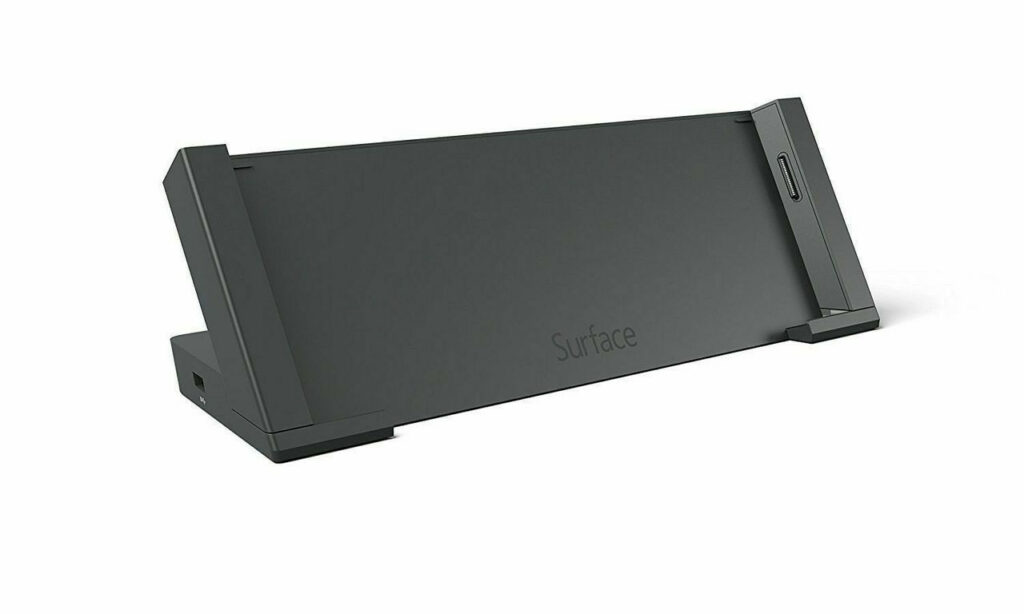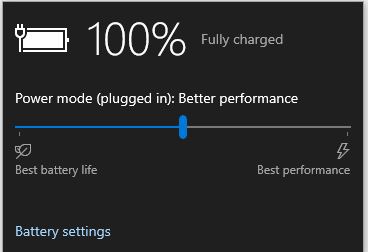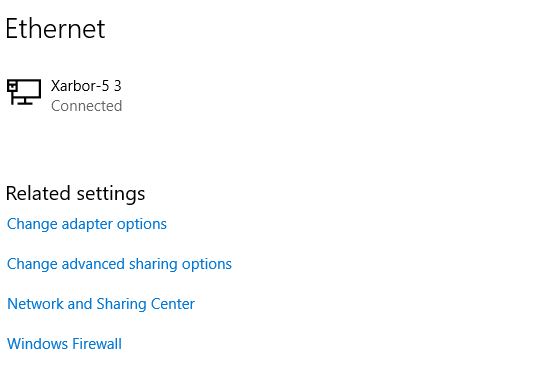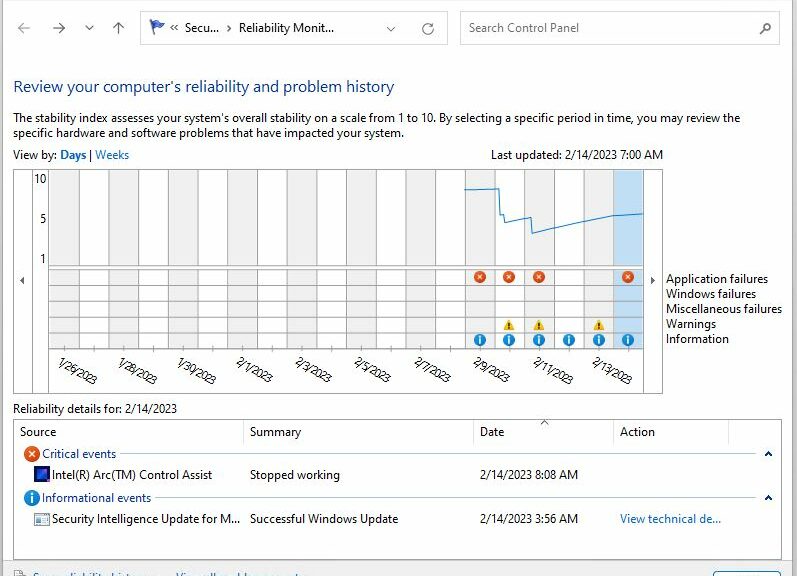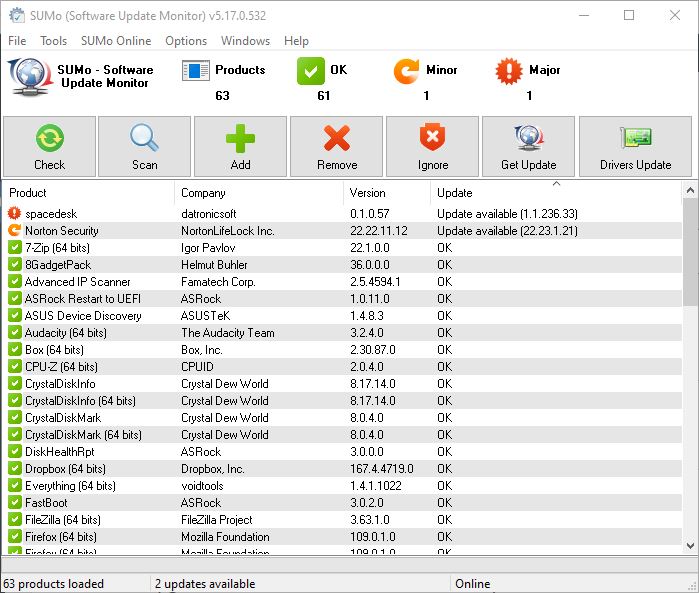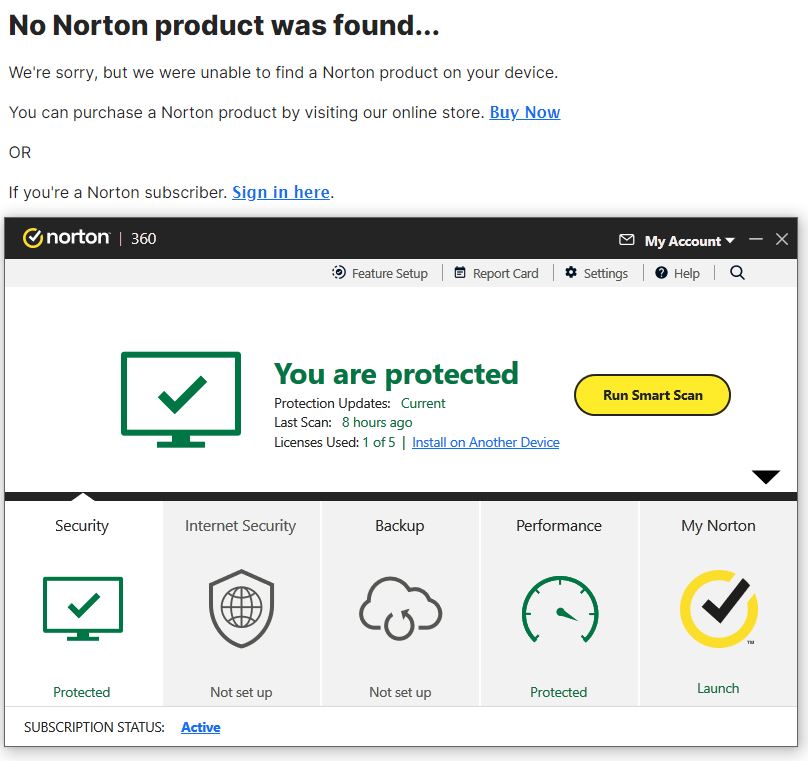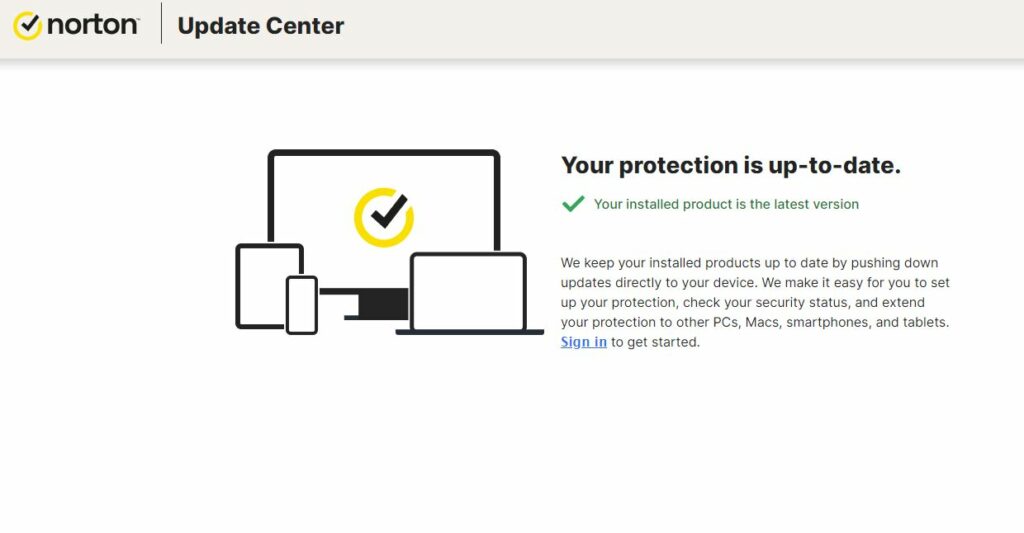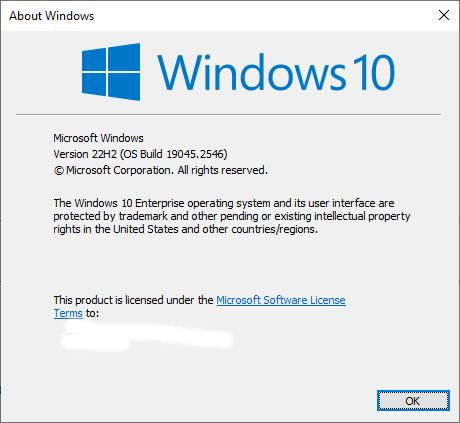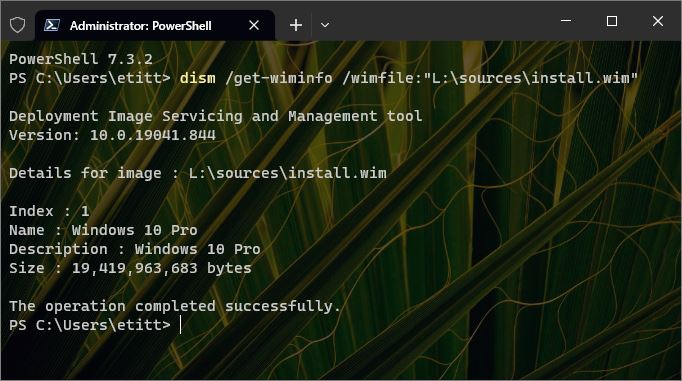OK, then. I think I’m at the end of a long, long road. I remember buying my Surface Pro 3 in 2014. It was the first in a long series of tablet PCs I’ve bought over the years. Included were models from MS (Surface), Dell (Latitude), Fujitsu (Stylistic) and Lenovo (ThinkPad). But now, it’s time for me to say: “So long Surface Pro 3.” Please: let me explain what’s going on…
Why It’s Time for So Long Surface Pro 3
This morning when I logged into my network, I noticed the SP3 had switched over from the wired GbE port in the dock to its wireless interface. It’s been dropping this wired connection for months now. As (almost) always, a reboot brought the wired interface back up. But I can tell the dock is starting to fail.
I just spent US$19 last week to replace the power supply brick for the dock. But I hesitate at replacing the dock outright (costs about US$100 for a refurb unit). It’s time to quit futzing around with this old beast, and unload it into proper disposal channels.
Where to Take This Aging Beast
For years, I’ve given my older PCs to Reglue, a charity that placed them in the hands of under-served students and their families to confer low-cost/no-cost Internet access. But alas, the founder of that organization has retired and is no longer accepting donations.
For about the same period of time, I’ve recommended Goodwill as a safe, responsible drop-off for used PC electronics of all kinds. Thus, I’m glad to see that the Austin Reuse Directory likewise recommends Goodwill for such purposes. I’ve already got a Goodwill bag going with some old hard disks, memory modules, cables and interfaces ready for drop-off.
I’ll need another bag for the SP3 and its accoutrement, though. I’ve accumulated a major mound of stuff for this unit over the years. This includes:
- an MS keyboard with fingerprint reader
- the dock, with its external power brick
- the original power brick shipped with the SP3
- a Brydge aluminum keyboard that turns the SP3 into a clamshell style laptop
Another thing to take care of this weekend, when out running errands and shopping. Good thing my nearest Goodwill location is only 3.2 miles away!
